Writing: Fiction
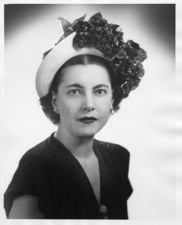
Lillian Simon Freehof
Lillian Simon Freehof (1906-2004) was a leader in developing transcription services for people with visual impairments and blindness, working with Sisterhood volunteers at Rodef Shalom Congregation in Pittsburgh, PA, and, at the national level, with the Federation of Temple Sisterhoods (now WRJ). She also wrote books and plays for children and young adults and books on needlework and Jewish festivals for adults. She was the wife of Rabbi Solomon B. Freehof.
Cynthia Freeman
Cynthia Freeman is remembered as a best-selling author of popular romances during the 1970s and 1980s. A central theme running through most of Freeman’s novels is the struggle of Jewish immigrants to assimilate to American life while at the same time maintaining Jewish traditions. Freeman’s work was influenced by her family’s closeness and by her concern for the continuation of Jewish life and culture.
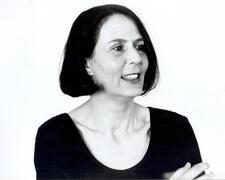
Carl Friedman
Carl Friedman was a Dutch writer who published several international bestsellers about the Holocaust and second generation trauma. Though writing from a Jewish perspective, in 2005 it was revealed that Friedman did not have a Jewish background. The controversy marred Friedman’s literary career.
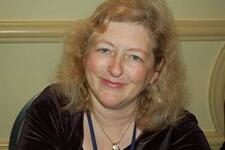
Esther Friesner
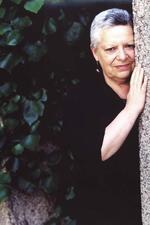
Luisa Futoransky
Élisabeth Gille
Élisabeth Gille (1937-1996) was a French author known most of all for biography of her mother, best-selling novelist Irène Némirovsky, murdered at Auschwitz. It was written borrowing Némirovsky’s voice, narrated in the first person as “dreamt memoirs.”
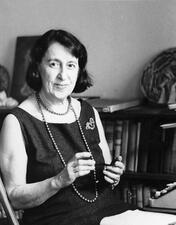
Mirra Ginsburg
Natalia Ginzburg
Natalia Ginzburg was an Italian novelist, short story writer, essayist, and political activist. Ginzburg is considered one of the greatest Italian writers of the twentieth century, and her award-winning literary work is recognized for its exploration of family relationships and politics throughout fascism in modern Europe and during World War II.
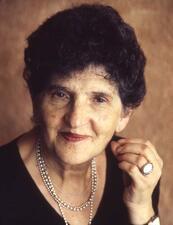
Margo Glantz
Margo Glantz is a Mexican-Jewish writer, journalist, literary critic, and academic. Born in Mexico City in 1930, Glantz demonstrates tremendous versatility as a writer and thinker who strongly identifies with Mexican, Jewish, Catholic, and indigenous practices and beliefs.
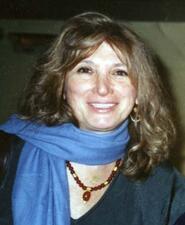
Nora Glickman
Argentine-born Nora Glickman is a prolific dramatist and short story and non-fiction writer, translator, editor, and professor of Latin American literature.
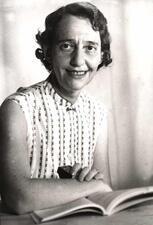
Lea Goldberg
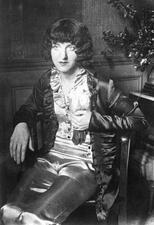
Claire Goll
Claire Goll’s poetry and prose were fueled by the tragedies and scandals that shaped her life. She and her husband, writer Yvan Goll, were central cultural figures of the French avant-garde, and her prolific body of work includes journalism, multiple novels, short fiction, and numerous translations of other authors’ works.
Allegra Goodman
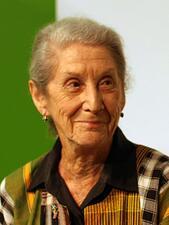
Nadine Gordimer
Jaimy Gordon
Shira Gorshman
A multi-faceted Yiddish writer, Shira Gorshman embodied the vision and struggles of Jewish socialism throughout her long and productive life. Her work encompassed the shtetl of Lithuania, pioneering Palestine, the Soviet experiment, the Holocaust, and finally the return to modern Israel. In all these journeys her characters, many of whom are women, are revealed in their full humanity and individuality.
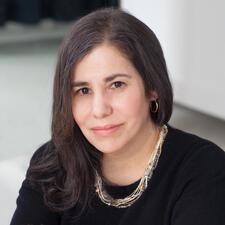
Amy Gottlieb
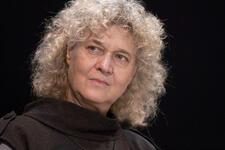
Michal Govrin
Michal Govrin, born in 1950 is an Israeli poet, writer, and stage director. She takes a highly individualized perspective on Israeli-Jewish post-Holocaust reality by combining artistic experimentation with Biblical and Rabbinic sources and philosophical discourse. In her poetry, prose and essays she examines places and spaces within a polyphonic context of architecture, art and theater, the sanctity of land, and the national narrative.
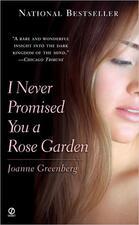
Joanne Greenberg
Sophie Von Grotthuss
Born in Berlin, Sophie von Grotthuss grew up with a mother who resented her Judaism and who married her off at fifteen into an unhappy relationship. In her later years she became a prolific author, but only a few of her works, including a story and a play, have survived.
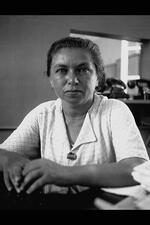
Bracha Habas
Bracha Habas was an educator and one of the first professional women journalists in Erez Israel. She was a member of Davar’s editorial board and the co-founder of its children’s newspaper, Davar le-Yeladim. Enumerating on Habas’s 48 publications, Rahel Adir described her as “the recorder of Yishuv history.”
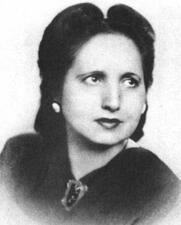
Sarah Hamer-Jacklyn
Sarah Hamer-Jacklyn’s popular Yiddish tales not only painted a vivid portrait of the lost shtetl of her youth, but also added a dimension male authors of the time had missed: a nuanced and complex picture of the lives of Jewish women.
Marion Hartog
Marion Hartog and her sister Celia published influential poetry and books on Jewish themes, including works that were among the first fictions ever published by Jewish women anywhere in the world. Hartog later created and edited the first Jewish women’s periodical in history, The Jewish Sabbath Journal.
Hasidic Hebrew Fiction: Portrayal of Women
Hundreds of compilations of Hasidic literature, a genre derived from oral traditions, were published in Eastern Europe between the start of the nineteenth century and the outbreak of World War II. The image of “woman” varies in Hasidic literature according to the character in the story, its narrator, and its setting in time and place; therefore we can only refer to individual women, each on her own, and not to woman in general or women as a gender.
Haskalah Literature: Portrayal of Women
The image of women in Haskalah literature reflects the relationship between the sexes in eighteenth- and nineteenth-century Ashkenazi Jewish society and European culture. But Haskalah writers wished to shape new patterns of male-female relationships among their reading public; to change, at least partly, the attitude of men towards women; and to ‘improve’ women’s conduct within the home and community.


